How King Cotton changed Harle Syke
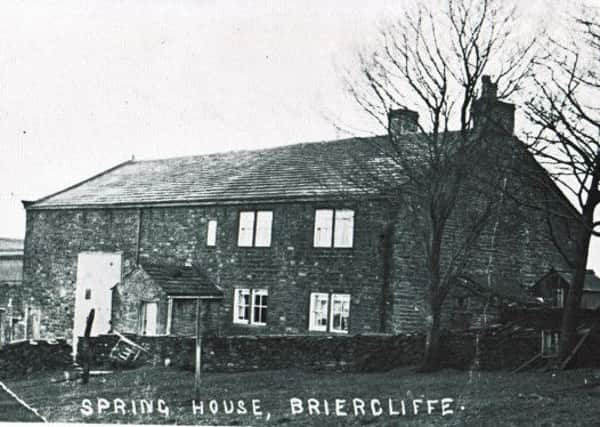

A number of these can be found in Pendle, the Ribble Valley and Rossendale but I start, here in Burnley, at the most important of the cotton mills to have survived to the present time.
I refer to Harle Syke Mill in the village of that name which is three miles east of Burnley but within the present borough.
Advertisement
Hide AdAdvertisement
Hide AdHarle Syke Mill is no longer used for the manufacturing of cotton. In fact there are two mills on the site - the first, which can be seen in some of today’s photos, was built in 1855/6 and the second dates from 1904. Of the two buildings, the older one is largely intact but much of the newer mill has been demolished to make way for a housing development (New Taylor Fold).
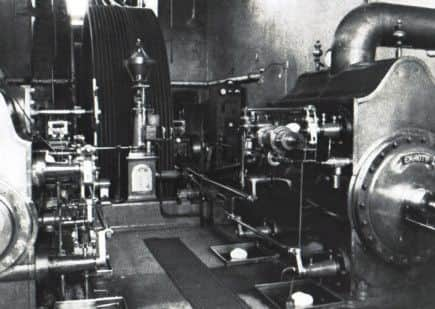

The older building, as you can see, is on the roadside in Harle Syke. The warehouse part of the original building, with its engine house, is complete but the weaving shed, behind, has become a car park with access to a number of industrial units. One of them is occupied by Worsthorne Brewery which is earning something of a reputation for itself.
The newer building was once known as Siberia, because, when it started weaving in the winter of 1904, the heating system was incomplete. The whole of the warehouse section of this building, and other structures, including the later warehouse, were demolished to make way for New Taylor Fold, a modern and attractive housing development off Cobden Street, Harle Syke.
The story of Harle Syke Mill is really the story of the village itself.
Advertisement
Hide AdAdvertisement
Hide AdThe name “Harle Syke” was first applied to a small stream which rose in the fields above the site of the village. It ran in the direction of the ancient Mire Lane – the present Burnley Road – crossing it at the end of the present Lodge Terrace and then descending to the River Don, a mile away to the south.
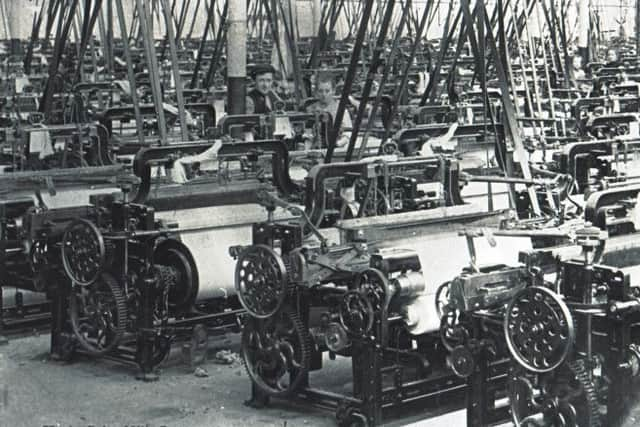

“Harle Syke” is derived from two ancient words - the first, “harl”, is an old word for flax, a plant which likes wet places. A “syke” is a muddy ditch. So “Harle Syke” means “the place where the fax grows by the muddy ditch”.
There are a number of members of the flax family – perennial, pale and fairy – the most common of which is the latter, a beautiful, delicate herb of around 15cm whose small blue flowers open from June to September.
At some time in the early 18th Century a small farm was built at the source of the stream. It was known as Harlsike Farm and was built on what had been the Townley of Royle Estate. Almost all that is left of the farm is a boundary stone bearing the initials of Robert Townley Parker, but we do have a photo of what it looked like. The stream rose as a spring in front of the building and, as the years went by, the name of the farm changed to Spring House, by which it was known until demolition a few years ago.
Advertisement
Hide AdAdvertisement
Hide AdA good name continues to be used and when the local handloom weavers of Haggate decided to build their own power loom shed they chose to name their new place of work after the stream which fed its steam engine with water. Harle Syke Mill dates from 1855/6. It was not built by a capitalist employer but by handloom weavers who realised the days of weaving at home were rapidly coming to an end. They chose a site on relatively flat land, adjacent to a road and near a good supply of water.
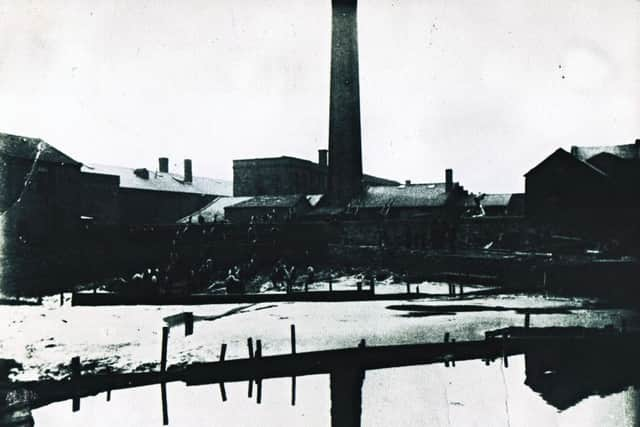

Their mill was the third of the buildings of what was to become the village of Harle Syke. The first had been the church, completed in 1841, the second the vicarage of 1846/7. Before this there had been four farms in, or close to, the grazing land which was to become Harle Syke. These were Harlsike Farm, which we have already noted, together with Tattersall Barn, Jackwell House and Bend Hill. Haggate House is near enough to be included in this list but strictly it is in Haggate, not Harle Syke.
Soon after the completion of Harle Syke Mill, plans were set in motion to build houses in its vicinity. The first row to be constructed was South View in Burnley Road (the row opposite Jubilee Street) and this appears to have been completed by 1862. Over the next 40 years, or thereabouts, the greater part of Harle Syke village was constructed though there were other developments to be undertaken in Edwardian times and beyond.
To get back to the mill. All of the warehouse part of the mill, adjacent to Burnley Road, is complete though there are two extensions, one on either end of the mill, which were built a few years either side of 1900. At the easterly end of the building the façade of the original engine house can be seen. This closed in 1904 when a much larger engine house was constructed when “Siberia”, or “Si B”, the locals used to call it, was built.
Advertisement
Hide AdAdvertisement
Hide AdThe engine that went into the 1904 engine house still survives, not at the mill, or indeed in Burnley, but at the Science Museum, London. It was built by Burnley Ironworks Co. Ltd and is one of the more magnificent exhibits in the museum’s “Hall of Steam”. Part of the 1904 engine house also survives. When parts of the mill were demolished to build New Taylor Fold, the façade of the engine house was re-erected in Cobden Street, Harle Syke, where it still stands.
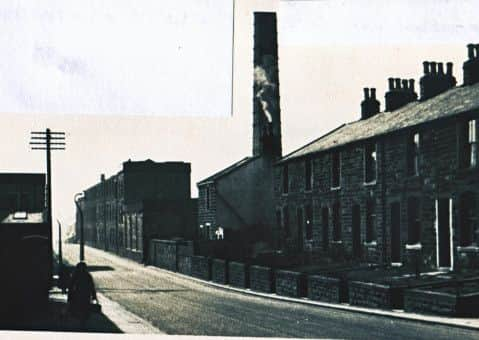

None of the looms of either of Harle Syke Mill’s weaving sheds are known to have survived. There were about 300 looms in the old shed and just over 1,000 in the 1904 shed but the two sheds were not run by the same company. They were, though, driven by energy generated by the same steam engine, the one now in the Science Museum.
This leads us to another fascinating story about the mill. The original building was run successfully until the Cotton Famine in the 1860s. When the cotton trade went into decline, the mill avoided bankruptcy by retaining ownership of the buildings and steam engine but the firm divided the machinery among the debtors who set up their own small production companies in the roadside mill.
Eventually, a number of these firms became very successful and built mills of their own or expanded into others. At one time, over half the loomage of Burnley was in the hands of Briercliffe families, most of whom had connections with Harle Syke Mill. The mill, therefore, is representative of the Burnley cotton industry in a way no other building is from the era of “King Cotton”. It needs to be listed properly, something which Burnley Council has failed to do.
Advertisement
Hide AdAdvertisement
Hide AdSadly, those who know Harle Syke Mill often do not use that name. Erroneously, they refer to it as Oxford Mill as a company, the makers of surgical dressings, once occupied part of the building and traded under that name. The building is Harle Syke Mill, the most important of Burnley’s remaining weaving sheds. In future articles I will look at other remains from Burnley’s industrial past.